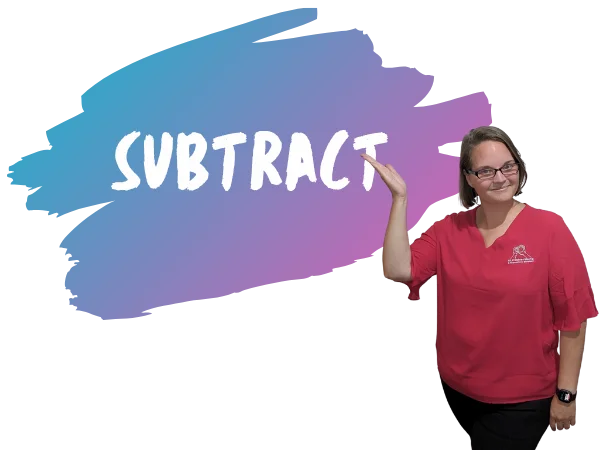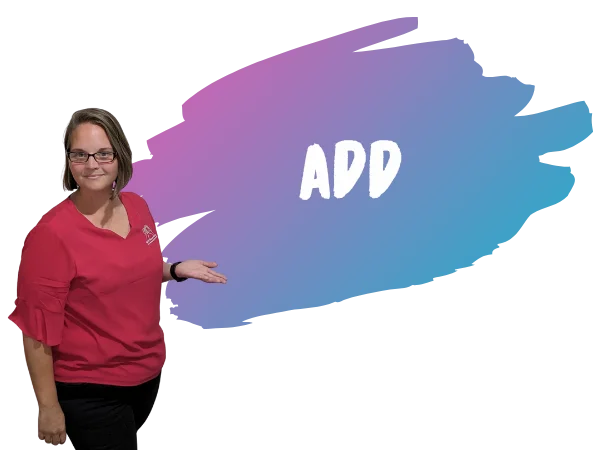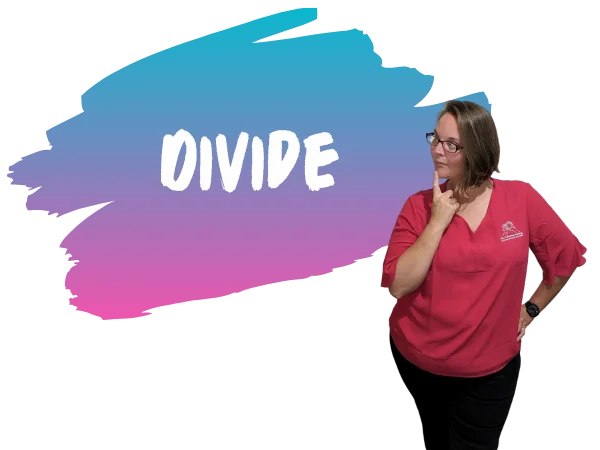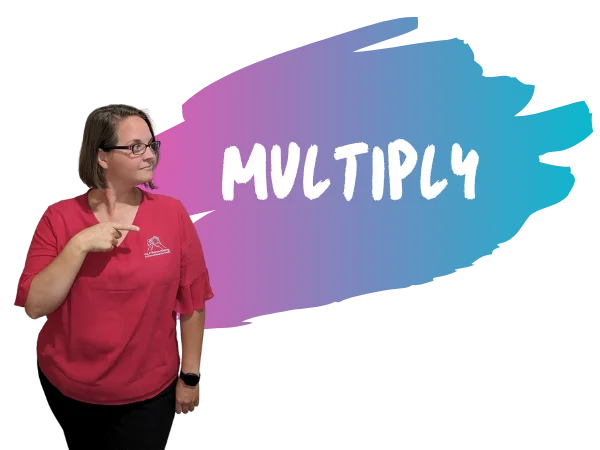Why ADHD business owner productivity needs a different approach
As an ADHD business owner productivity is not about trying harder. That only burns you out. It is about working with your brain so progress feels doable. Traditional neurotypical tips did not stick for me. I tried apps and strict routines. Nothing lasted. Then I implemented Ali Alqarag’s four steps to hyperfocus and, as a result, my productivity lifted fast.

I was always angry at myself for not being able to do more each day! I would get burned out on a monthly basis, and even had chronic fatuge for years… Then I learned this system and everything changed. – Ellie Clare
The turning point for my productivity
I handled clients, content and admin at once. Consequently, I switched tasks all day. I took Ali’s course, and then my team did too. We gained a shared system, so work felt calmer and output improved. It is an evolving approach. My belief is simple: small steps every day create a big shift by year’s end.
The 4-step hyperfocus method for ADHD business owner productivity

Subtract: remove the noise first
Start by clearing distractions. Turn off non-essential notifications. Mute busy chats. Tidy the desk. Set quiet hours. Put the phone out of reach. Consequently, your brain has space to focus.
Our world is built for distraction, so it is no surprise you feel it. This step was the most rewarding for me. I had done it before, yet notifications crept back. Therefore, I reset my rules and defended them daily.

Add: build a simple system that fits
After subtraction, add light structure that serves you.
- Clarity: define weekly outcomes.
My flow: I keep a monthly list, then plan each day. Every task is booked into my calendar. My CRM or assistant helps schedule items. - Prioritisation: choose work that moves the business forward.
I am the revenue driver. Therefore, I prioritise money-making tasks and delegate or automate the rest with AI, my assistant or trusted suppliers. - Time management: do it now or schedule it.
I live by my calendar. Every task is scheduled. This reduces mental clutter and removes decision fatigue. - Execution: start with the first small step.
Starting is the hardest part. Once I begin, momentum follows and hyperfocus kicks in.

Divide: break work into tiny actions
Big tasks feel heavy. Instead, split them. For example, for a client landing page:
- Complete competitor research
- Extract keywords and phrases
- Draft homepage copy
- Send for client approval
- Load content into the site
- Create and optimise images
- Set meta titles and descriptions
- Add internal and external links
- Connect the contact form
- Test user flows
- Launch
Each small win builds momentum. Then motivation follows. I now keep detailed checklists in Trello so every step and asset sits on the card. This reduces roadblocks and makes the next action obvious.

Multiply: repeat and compound results
Run the cycle daily. Because you repeat it, it becomes habit. Over time, results compound and your productivity improves.
I set a standing reminder at the end of each day to review tasks, calendar and team chats. I line up tomorrow’s plan before I leave. Therefore, I walk in and start without friction.
Tools that make the system stick
- Google Workspace: every task lives in Calendar or Tasks with a time.
- Focusmate: body-doubling keeps me on task.
- Timers: match a timer to the time box. Hyperfocus can stretch time, so a countdown protects your day.
- Visual time cues: my RGB office lighting shifts hourly, which reminds me to reset.
View more resourses we recommend by clicking here.
Team practices that support ADHD business owner productivity
We plan in short sprints and review outcomes, not busywork. Meetings follow Subtract, Add, Divide and Multiply. We confirm one owner, one next action and one due date. If you are a solo founder, you can still mirror this with a daily stand-up note to yourself and a weekly review.

A simple daily flow you can copy (service business examples)
- Subtract: clear space and mute noise.
Examples: close proposal tabs, silence group chats, put phone in a drawer, archive old client threads, clear your whiteboard. - Add: choose three outcomes and time-box them.
Examples: send two proposals (30 mins), complete one client report (60 mins), film one short video (30 mins). - Divide: split the first outcome into three actions. Start one.
Examples: for a report: pull analytics, write insights, record loom summary. Begin with the data pull. - Multiply: repeat the cycle after each break.
Examples: run another 60-minute block for proposals, then a 15-minute admin sweep, then reset for delivery work.
Results you can expect
You will switch less. You will start sooner. Your team will align better. Most importantly, you will finish more of the work that matters.
Key takeaways
- ADHD business owner productivity improves when you remove noise first.
- Add clarity and light structure, then start small.
- Divide big projects into steps, and repeat the cycle daily.
- Use practical tools like Google Workspace, Focusmate, Trello, lists and timers.
Ready to try it?
If you want a set-up that fits your brain, I can help. Book a coaching call and I can help you tailor your workflow for results that last.
Frequently Asked Questions
Yes. Creativity, speed, risk tolerance and hyperfocus can be a real edge. With simple systems and support, those traits translate into momentum and resilience.
Work for 20 minutes, then take a short break. It lowers the start barrier and prevents over-focus. Try 20/5 for admin, 25/5 for creative work, and 50/10 for deep work.
If a task takes two minutes, do it now. If it takes longer, schedule it with a time and owner. This clears mental clutter fast.
Count down 5-4-3-2-1 and start the first tiny action. It bypasses hesitation and gets you moving.
Spend most time on the 20% of activities that drive 80% of results. For service businesses: sales calls, proposals, delivery and retention beat busywork.
Often it is task initiation, not laziness. Vague, boring or overwhelming tasks stall the brain. Make them concrete and shorter, add interest, body-double and set a clear first step.
Push hard → overcommit → sprint → crash → recover → repeat. Use time-boxed days, realistic capacity, weekly reviews and protected recovery blocks to stop the loop.
Most adults do best with 7–9 hours. Keep consistent bed/wake times, a wind-down routine and good light control. Protect sleep to protect focus.
Test and keep what works: Admin 20/5 or 25/5; Creative 50/10; Strategy 90/20. Keep blocks short enough that you want to start the next one.
Interest, novelty, challenge and urgency. Add them on purpose with timers, Focusmate sessions, gamified streaks and short deadlines.
Trello. Create lists and checklists, add attachments, owners and due dates, and use labels (Next, In Progress, Blocked, Review). Save repeatable workflows as card templates so every job starts fast. More: trello.com
Whiteboards + Google Tasks. Monthly goals live on a large whiteboard. For each day I use thin, magnetic “paper-style” whiteboards and colour-code quick vs longer tasks. Anything beyond today goes into Google Tasks and my calendar.
Book a 25- or 50-minute body-doubling session, state your goal, work quietly, then debrief. There is a limited free tier. The unlimited plan typically lands around A$11–A$16 per month depending on billing and exchange rate. Annual billing is usually better value at roughly A$80–A$110 per year. Check focusmate.com for exact A$ pricing at checkout.
It centralises email, calendar, files, docs, meetings and tasks so you plan, write, store and meet in one place. Personal Google tools are free; business plans in Australia start at A$9.90 per user per month (annual) for Business Starter. Details: workspace.google.com/pricing
Windows 11: Settings →
System → Notifications → toggle
Do Not Disturb, set
Priority list and
Automatic rules (meetings,
hours).
Windows 10: Settings →
System → Focus assist → choose
Alarms only or
Priority only, add rules.
macOS (Monterey+):
System Settings → Focus → create
Work or use
Do Not Disturb. Set
Allowed People and
Allowed Apps, add a schedule,
and enable
Share Across Devices.
iPhone/iPad (iOS 15+):
Settings → Focus → Work (or Do
Not Disturb). Choose allowed
people/apps, add time/location/app
schedules, and turn on
Focus Status.
Settings → Notifications → Do Not Disturb. Choose allowed people/apps/alarms and set schedules for work hours. Some phones include Modes or Routines—use these to auto-activate during work.
Create a Work focus that allows only calendar, timers, Focusmate and client calls. Auto-activate on a schedule or when opening work apps. Hide badges and banners, link a clean Home Screen, silence unknown callers, add social app limits, pair with time-boxing, and review weekly.